Jongwon Lim
Department of Physics, Hanyang University
DAHL: Domain-specific Automated Hallucination Evaluation of Long-Form Text through a Benchmark Dataset in Biomedicine
Nov 14, 2024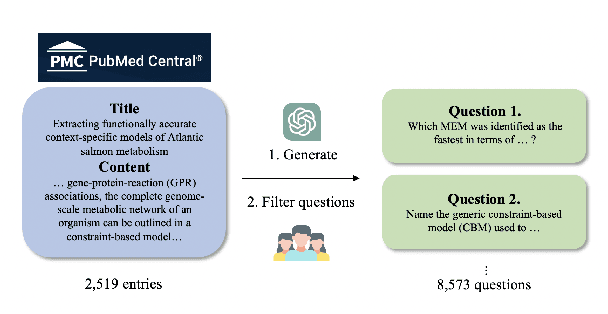
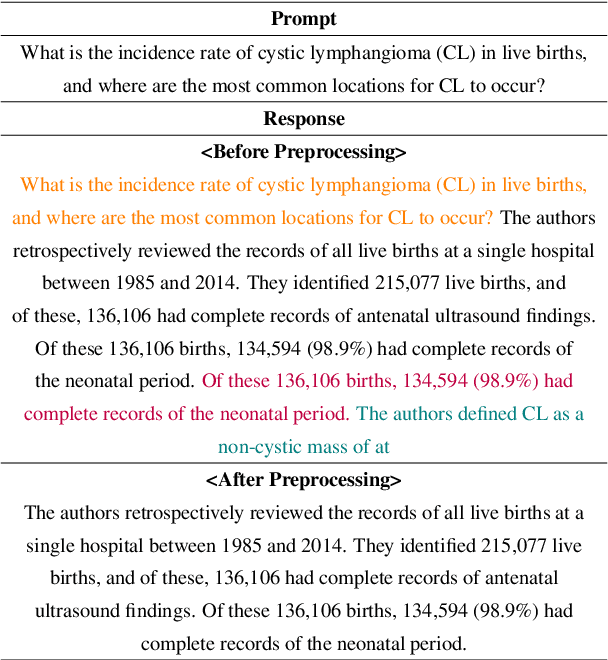
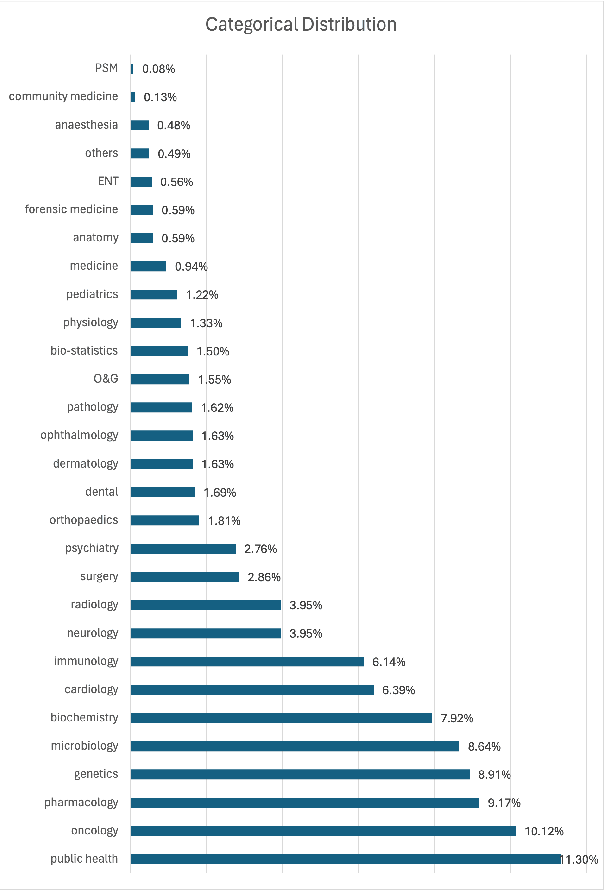
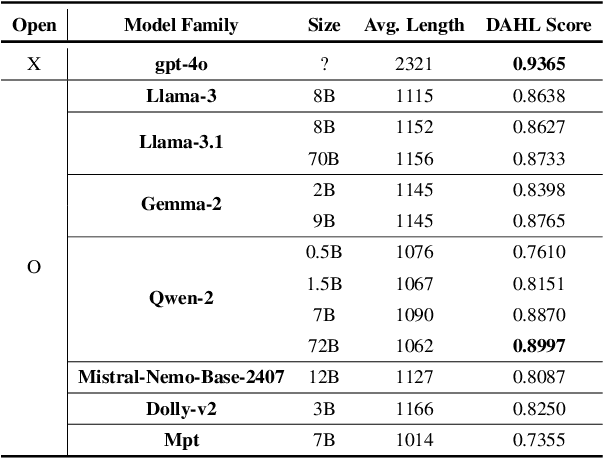
Abstract:We introduce DAHL, a benchmark dataset and automated evaluation system designed to assess hallucination in long-form text generation, specifically within the biomedical domain. Our benchmark dataset, meticulously curated from biomedical research papers, consists of 8,573 questions across 29 categories. DAHL evaluates fact-conflicting hallucinations in Large Language Models (LLMs) by deconstructing responses into atomic units, each representing a single piece of information. The accuracy of these responses is averaged to produce the DAHL Score, offering a more in-depth evaluation of hallucinations compared to previous methods that rely on multiple-choice tasks. We conduct experiments with 8 different models, finding that larger models tend to hallucinate less; however, beyond a model size of 7 to 8 billion parameters, further scaling does not significantly improve factual accuracy. The DAHL Score holds potential as an efficient alternative to human-annotated preference labels, being able to be expanded to other specialized domains. We release the dataset and code in public.
Learning to increase matching efficiency in identifying additional b-jets in the $\text{t}\bar{\text{t}}\text{b}\bar{\text{b}}$ process
Mar 16, 2021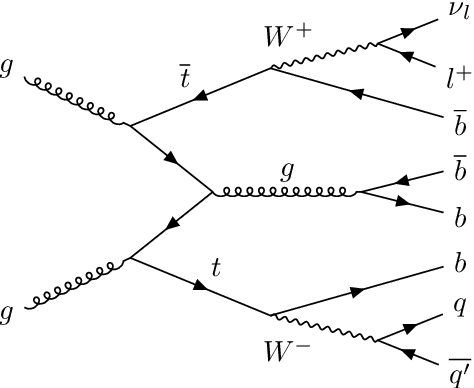


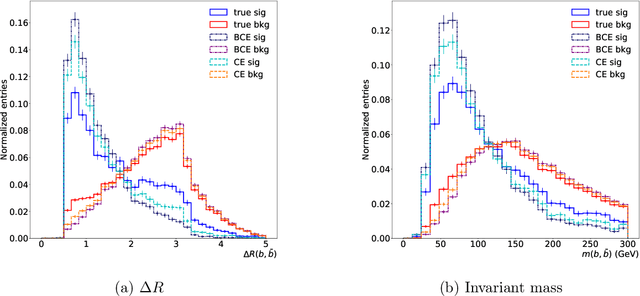
Abstract:The $\text{t}\bar{\text{t}}\text{H}(\text{b}\bar{\text{b}})$ process is an essential channel to reveal the Higgs properties but has an irreducible background from the $\text{t}\bar{\text{t}}\text{b}\bar{\text{b}}$ process, which produces a top quark pair in association with a b quark pair. Therefore, understanding the $\text{t}\bar{\text{t}}\text{b}\bar{\text{b}}$ process is crucial for improving the sensitivity of a search for the $\text{t}\bar{\text{t}}\text{H}(\text{b}\bar{\text{b}})$ process. To this end, when measuring the differential cross-section of the $\text{t}\bar{\text{t}}\text{b}\bar{\text{b}}$ process, we need to distinguish the b-jets originated from top quark decays, and additional b-jets originated from gluon splitting. Since there are no simple identification rules, we adopt deep learning methods to learn from data to identify the additional b-jets from the $\text{t}\bar{\text{t}}\text{b}\bar{\text{b}}$ events. Specifically, by exploiting the special structure of the $\text{t}\bar{\text{t}}\text{b}\bar{\text{b}}$ event data, we propose several loss functions that can be minimized to directly increase the matching efficiency, the accuracy of identifying additional b-jets. We discuss the difference between our method and another deep learning-based approach based on binary classification arXiv:1910.14535 using synthetic data. We then verify that additional b-jets can be identified more accurately by increasing matching efficiency directly rather than the binary classification accuracy, using simulated $\text{t}\bar{\text{t}}\text{b}\bar{\text{b}}$ event data in the lepton+jets channel from pp collision at $\sqrt{s}$ = 13 TeV.
 Add to Chrome
Add to Chrome Add to Firefox
Add to Firefox Add to Edge
Add to Edge